Modern life is all about doing things. Constantly. Between family, friends, work, pets, and fantasy hockey leagues, something always needs doing. And just when you think you’ve got all those things done—bam!—it’s two in the morning and you wake up in a panic over all those other things you forgot about.
Thankfully, a variety of tools and services can help you keep track of all the stuff you need to take care of in your life. Here, we present the best to-do apps and services for the Android user who has way too many things to do.
Note that while this list takes into consideration the best to-do apps available for the Android platform, we know that you use multiple screens in the course of your day. Keeping that in mind, we incorporate the best total services that will help keep you organized across your phone, tablet, laptop, and work computer.
Google Keep (Free)
Okay, so Google Keep isn’t technically a dedicated to-do application. However, its bare-bones design and ability to create simple checklists is good for busybodies who want to keep organized across multiple screens.
Keep’s minimalistic interface allows you to post a note or checklist on your phone or tablet, and have it instantly sync with the Google Keep site on your laptop. So, if you’re, say, planning a shopping trip after work, you might add items to a checklist on your phone or via the website throughout the day and check them off one by one on your phone as you make your way through the grocery store.
One strange thing about Keep is how unintegrated it is with the rest of the Google ecosystem. Keep does not sync with Gmail Tasks or even Google Calendar (while other non-Google to-do apps do—see the Tasks app below). Keep also lacks a collaborative mechanism to sync with other Keep users, nor does it have alarm reminders.
Who this is for: People who want to make very basic notes and checklists throughout the day and who don’t need more-advanced options or the ability to collaborate with others.
Astrid (Basic, Free; premium, $5/month or $50/year)
Where Keep is minimalist and barely there, Astrid has just about all the bells and whistles you could want. The app lets you set due dates and reminders, and will even sync with Google Calendar, iCal, or Outlook. Astrid is also big on collaboration, so you can share lists and notes with coworkers, friends, and family members, as long as they’re also signed up with Astrid.
The app even integrates itself into the Android operating system. During my test drive, for example, I missed a call and was greeted with an awaiting message from Astrid giving me the option to turn that missed call into a new task. Similarly, when I got a Google Calendar reminder, Astrid automatically opened with a prompt to create a checklist for the coming appointment. Depending on your personal workflow, that sort of integration either comes in handy or is very annoying. Luckily, you can personalize it in the app’s preferences.
The free version of Astrid allows you to stay organized across your devices and the site’s Web platform. This basic free system will be good for most individuals and families who want to keep tasks organized. A premium version of Astrid is available for large organizations at a cost of $5 a month or $50 a year. The premium version offers additional features like cloud storage of PDFs, images, and Microsoft Office documents.
Who this is for: People who want to collaborate with others on multiple projects across several screens.
Any.Do (Free)
Any.Do is a silky-smooth to-do list that nags you in just the right way. The app’s attractive interface lets you easily move tasks in and around various lists and cross them off with a swipe of the finger.
The mobile app comes equipped with an innovative day planner that automatically pops up at the beginning of your day. It presents you with all your open tasks, one by one, and gives you the opportunity to cancel them or push them back to deal with at a later time.
While the service has yet to unveil a Web version (its maker promises that one is coming), it has a Chrome extension that functions as one for all intents and purposes (though in my experience with it, the Chrome extension deauthorized often, requiring me to log back in with a password).
Additionally, Any.Do has a Gmail extension with a pull-down menu that lets you turn any Gmail message into a task. It also throws an Any.Do field into the bottom of any email. So, if you get a message from Gary that you don’t want to reply to just now, you can create a task to ‘follow up with Gary’ and set it for tomorrow, and it will instantly be added to the app. Boom.
Who this is for: Individuals who need to be nudged about tasks that they allow to linger in their to-do lists. Also for Gmail users, who will find it useful for creating tasks from emails.
Wunderlist (Basic, Free; premium, $5/month, $50/year)
One of the prettiest to-do lists you will come across, Wunderlist has just about everything you could want in a to-do app. You can create multiple lists with subtasks, notes, and calendar reminders. Wunderlist is also good for collaborating with other Wunderlist users.
Like Astrid, Wunderlist also offers a premium version withadditional functionality. The standard version will be sufficient for most individuals and families, but the Pro version may be appeal to businesses by providing such collaboration tools as the ability to assign tasks (the ability to attach files to tasks is coming soon, the company says).
Who this is for: The beautifully designed standard version is right for just about everyone. If you are looking for a basic, minimalist organizer, Wunderlist can be that, but it also has other well-integrated functions for those who need something more robust.
Tasks (Basic, Free; Premium, $1)
Gmail’s Tasks function is probably the dinkiest of Google’s offerings. But for people who spend a lot of time with their Gmail window open, it’s kind of useful. Tasks is little more than a checklist in the corner of your Gmail window where you can write basic notes and create a basic checklists. You can even create new tasks directly from Google Calendar (though, inexplicably, not the other way around). While Tasks occupies some very valuable real estate in the tech world, Google hasn’t invested much in it. Fortunately, for those who have come to depend on Tasks as an organizational tool, a non-Google team has glommed on the Gmail API to create an actually useful Web app.
With the Tasks app, you can sync your tasks across different Gmail accounts and access the tasks in one place. So, you can add or check off Gmail tasks for both your work and your home accounts or create additional lists directly from your phone that are available from any account. The app even offers a Chrome extension that brings your tasks into any open window.
Tasks is available as a free app that will start to feature ads after eight days. The premium, ad-free version of Tasks is available for $1.
Who this is for: People who are already highly dependent on Gmail Tasks.
Keeping up with email, social media, and multiple gadgets can be a lot of work. All these technologies that are meant to simplify life often have the opposite effect. I know that trying to keep multiple things in order using just your noggin cause a lot of anxiety. Fortunately, I also know that listing all the things you have to do and checking them off one by one can suddenly make the chaotic universe a not-so-bad place to be.
Sign up here with your email


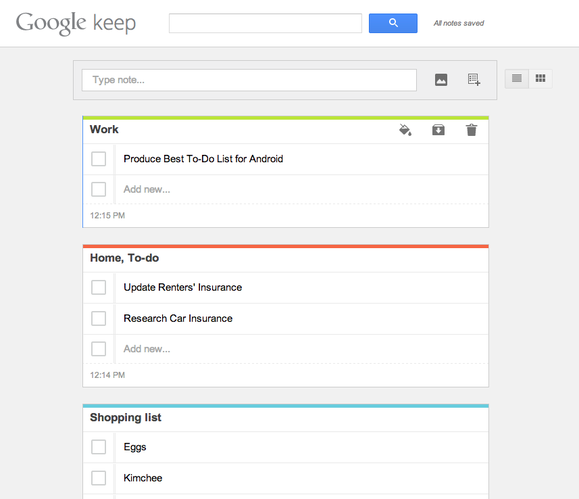
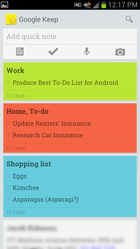
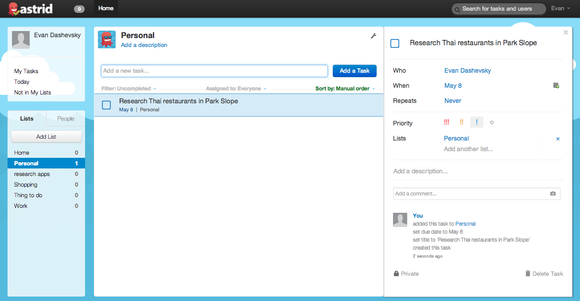
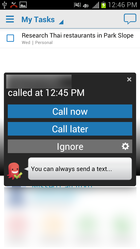
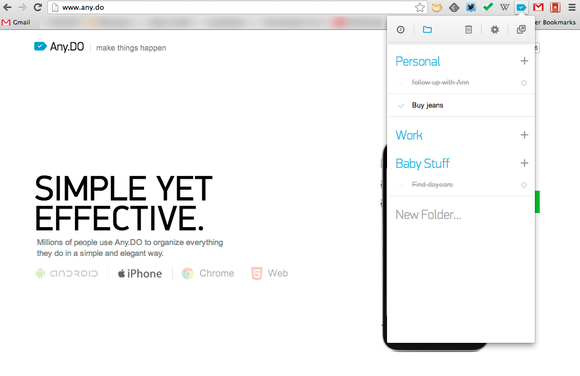
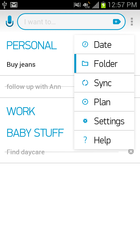
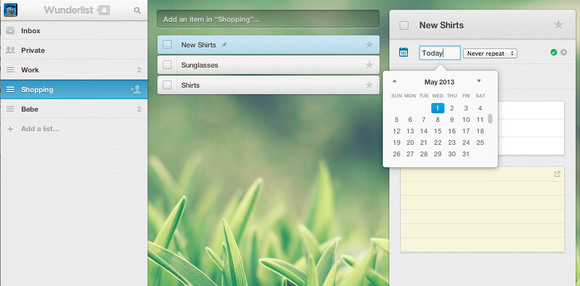
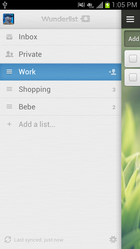
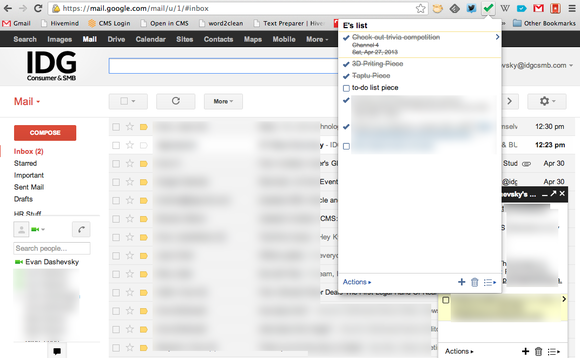
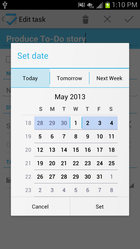
ConversionConversion EmoticonEmoticon